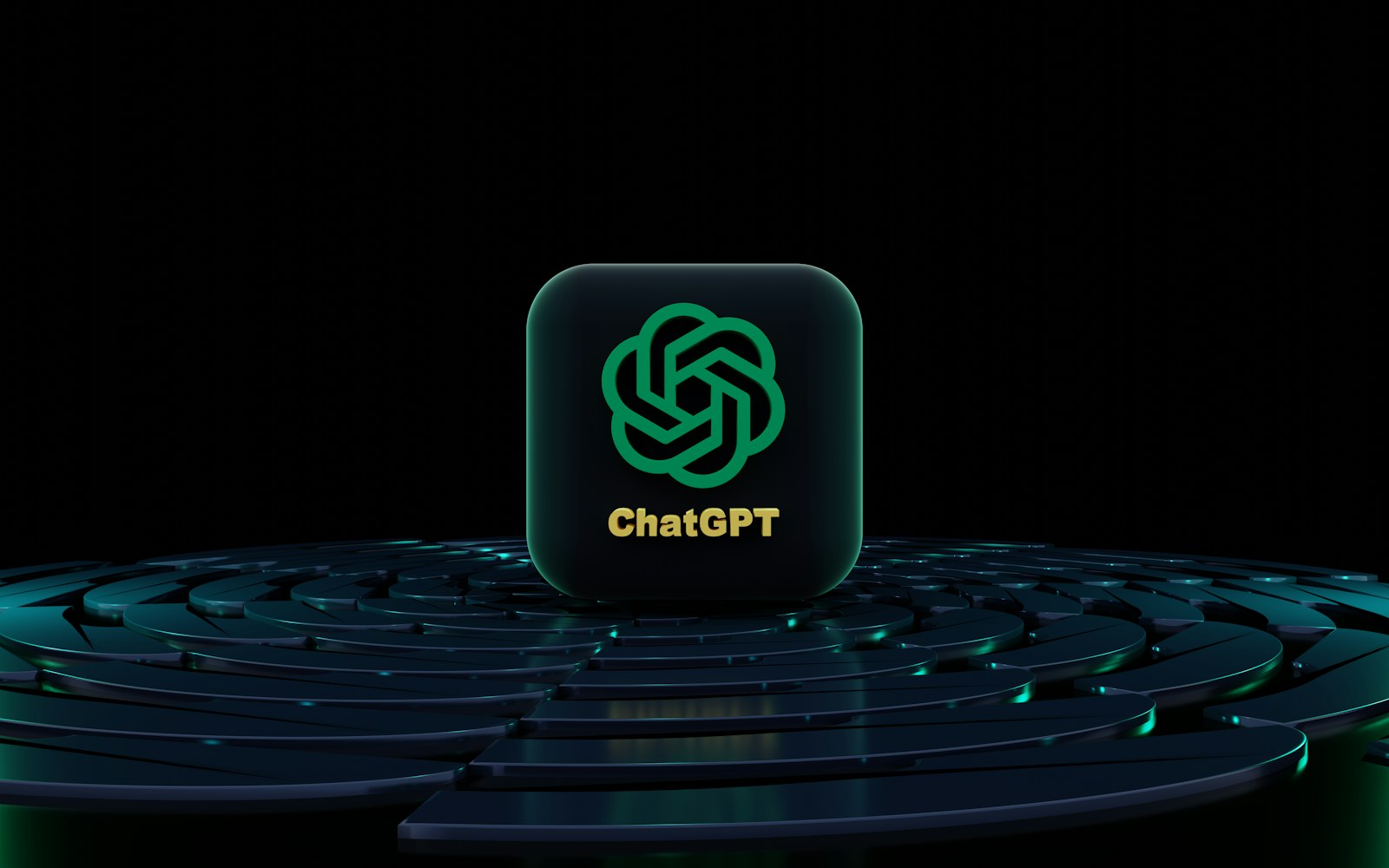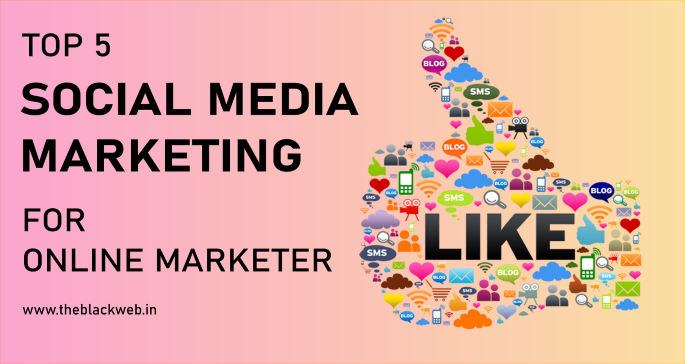The realm of Artificial Intelligence( AI) and Natural Language Processing( NLP) has been revolutionized by the series of generativepre-trained motor( GPT) models developed by OpenAI. These models have witnessed significant advancements over the times, each replication pushing the boundaries of AI capabilities. In this composition, we will claw into the elaboration of GPT models and compare their features and performance, showcasing how they’ve converted the geography of AI- powered language generation.
The GPT Evolution
GPT- 1 Introduced in 2018, GPT- 1 marked the commencement of the GPT series. Trained on 117 million parameters, it demonstrated remarkable textbook- generation capacities. still, it demanded contextual understanding and consonance in longer textbook passages.
GPT- 2 Released in 2019, GPT- 2 made swells due to its capability to induce coherent and contextually applicable textbook. With1.5 billion parameters, it produced impressively mortal- suchlike labors. still, OpenAI originally abstain from releasing the largest interpretation due to enterprises about implicit abuse in generating fake news and vicious content.
GPT- 3 The third replication, GPT- 3, unveiled in 2020, was a game- changer. With a stunning 175 billion parameters, it showcased unknown language generation capabilities. GPT- 3 demonstrated proficiency in restatement, law generation, and answering queries, indeed without fine- tuning for specific tasks. Its” many- shot” and” zero- shot” learning capacities surprised the AI community by performing tasks it had noway been explicitly trained on.
Comparing GPT performances
Model Size and Parameters
GPT- 1 had 117 million parameters.
GPT- 2 escalated to1.5 billion parameters.
GPT- 3 surged to a monumental 175 billion parameters, enhancing its contextual understanding and versatility.
Contextual Understanding
GPT- 1 handed introductory environment appreciation but plodded with maintaining consonance in longer passages.
GPT- 2 significantly bettered environment appreciation, generating further coherent and applicable textbook.
GPT- 3 took environment understanding to new heights, frequently generating paragraphs that are nearly indistinguishable from mortal jotting.
Task Performance
GPT- 1 and GPT- 2 needed task-specific fine- tuning to perform well in colorful operations.
GPT- 3 displayed remarkable” many- shot” and” zero- shot” capabilities, making it protean in performing a wide range of tasks without expansive fine- tuning.
Creativity and Content Generation
GPT- 1 and GPT- 2 produced creative textbook, but their labors occasionally demanded originality.
GPT- 3’s enhanced parameters allowed it to produce further different and creative content, including poetry, stories, and indeed law particles.

Ethical Considerations
GPT- 2’s release was originally limited due to enterprises about generating deceiving or vicious content.
GPT- 3’s larger model size amplified these enterprises, raising questions about authenticity and implicit abuse.
Impact and unborn Directions
The GPT series’ advancements have paved the way for multitudinous operations across diligence. Content Creation GPT models have streamlined content creation, abetting pens in generating high- quality papers, marketing accoutrements, and creative pieces. client Interaction Chatbots and virtual sidekicks powered by GPT models offer bettered stoner gests with natural, mortal- suchlike exchanges. Healthcare and research GPT models are being explored to help in medical diagnostics, exploration paper summarization, and medicine discovery.
Education GPT-driven individualized literacy platforms can acclimate to scholars’ requirements, offer explanations, and induce acclimatized educational content.
Conclusion
The elaboration of GPT models reflects the rapid-fire progress of AI and NLP. From GPT- 1’s foundational ways to GPT- 3’s unknown capabilities, each interpretation has reshaped how we interact with technology and language. The comparison of these duplications highlights their growing contextual understanding, task versatility, and creative eventuality. Still, ethical considerations and implicit abuse accentuate the responsibility of inventors and society in using AI for positive issues. As we blink into the future, the GPT series serves as a testament to the remarkable eventuality of AI models and their capacity to reshape diligence, communication, and creativity.









